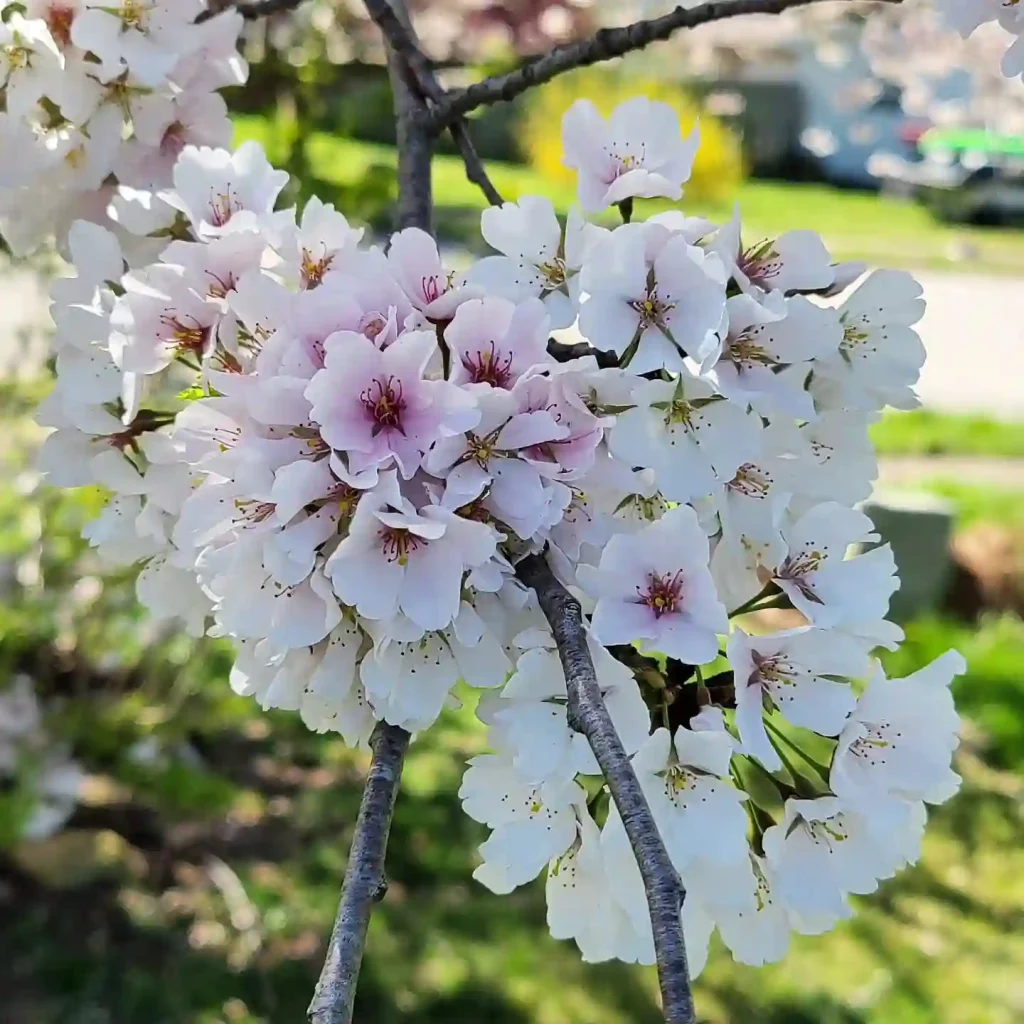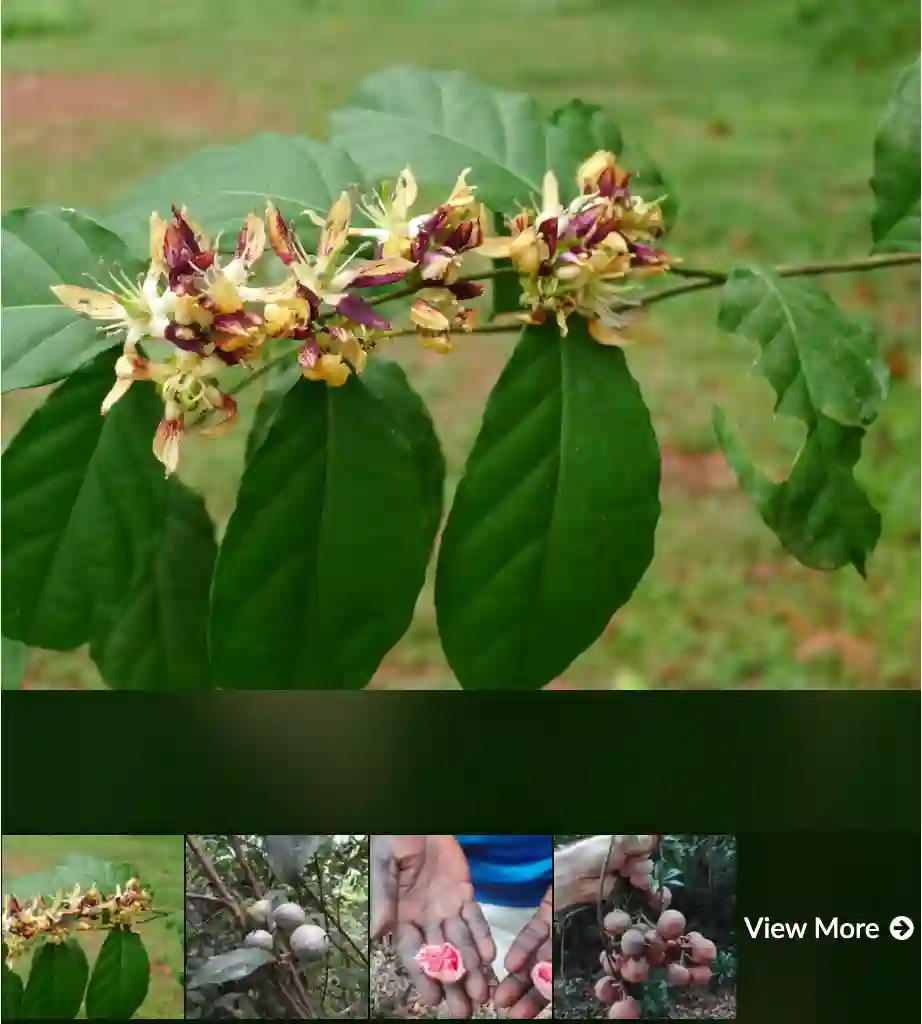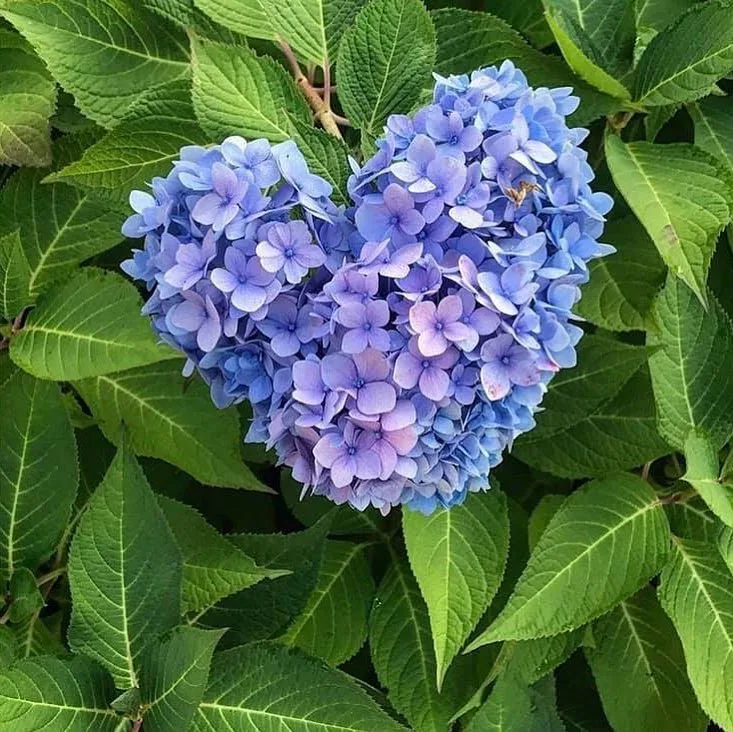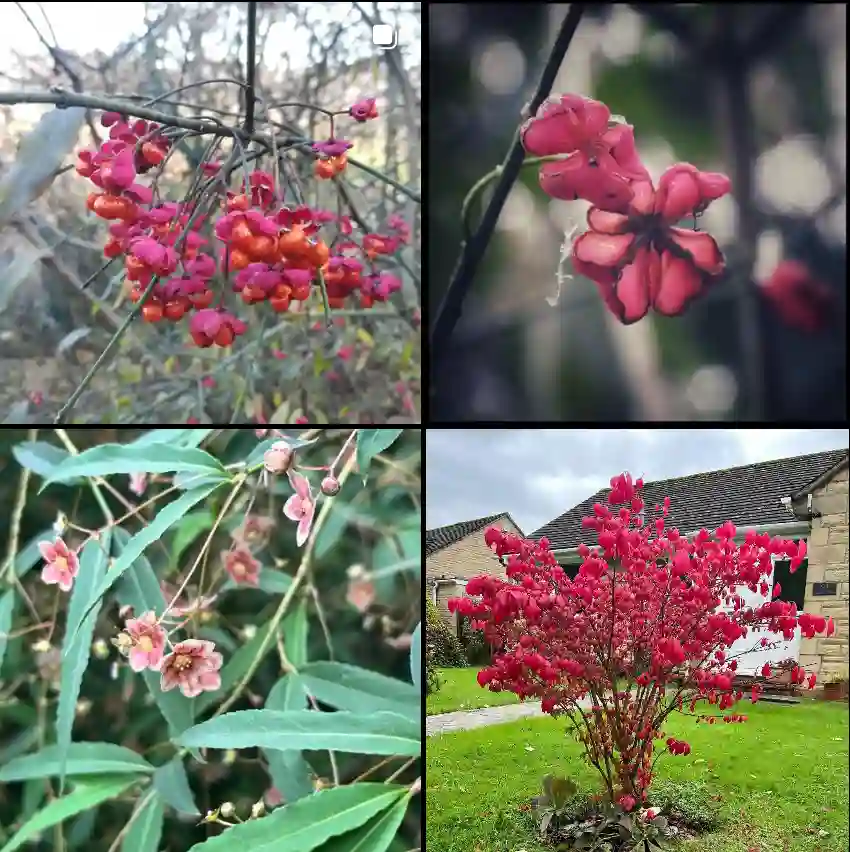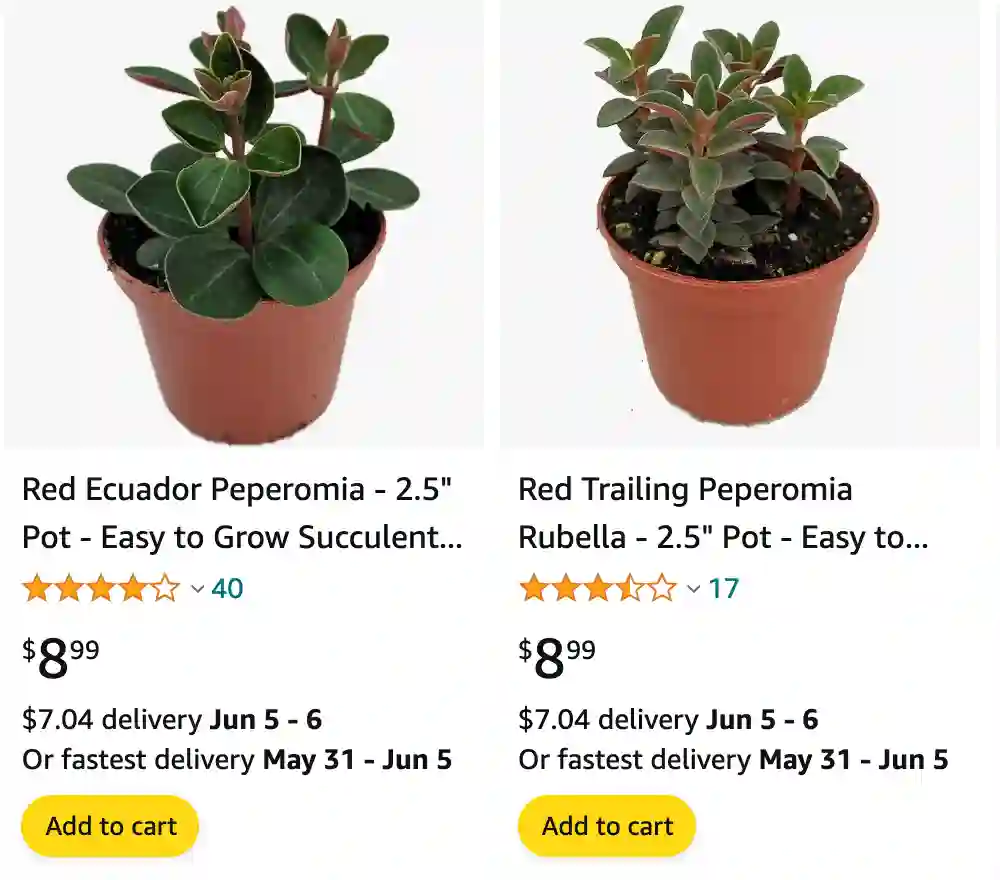
My Love for Peperomia Verticillata
As a passionate plant enthusiast, I’ve cultivated a deep affection for the Peperomia Verticillata. Its charming appearance and ease of care make it a delightful addition to any indoor garden. Let me share with you my insights into this wonderful plant.
1424 Species in Genus Peperomia
What is Peperomia Verticillata?
Peperomia Verticillata, also known as Red Log Peperomia or Red Twist Peperomia, is a species of flowering plant in the Piperaceae family. Originating from Central and South America, this plant is characterized by its vibrant red stems and whorled, succulent leaves. It is a relatively small plant, typically reaching heights of 6 to 12 inches, making it perfect for tabletops or hanging baskets.
How to Care for Peperomia Verticillata?
Caring for Peperomia Verticillata is relatively straightforward, making it an ideal choice for both novice and experienced plant enthusiasts alike.
- Light: Place your Peperomia Verticillata in bright, indirect light. Direct sunlight can scorch its delicate leaves, so it’s best to avoid placing it in harsh sunbeams.
- Watering: Allow the top inch of the soil to dry out before watering. Overwatering can lead to root rot, so it’s essential to maintain a consistent watering schedule.
- Humidity: Peperomia Verticillata thrives in high humidity environments. You can increase humidity levels by placing a tray filled with water and pebbles beneath the plant or by using a humidifier.
- Temperature: Keep your plant in a warm environment, ideally between 65°F to 75°F (18°C to 24°C). Avoid exposing it to temperatures below 50°F (10°C), as cold drafts can damage the foliage.
- Soil: Use a well-draining potting mix that retains moisture without becoming waterlogged. A mixture of peat moss, perlite, and vermiculite works well for Peperomia Verticillata.
- Fertilization: Feed your plant with a balanced liquid fertilizer diluted to half strength once a month during the growing season (spring and summer). Avoid fertilizing during the winter months when the plant is dormant.
How to Propagate Peperomia Verticillata?
Propagating Peperomia Verticillata is a rewarding process that allows you to expand your plant collection or share it with friends and family. Here’s how you can propagate this charming plant:
- Leaf Cuttings: Select a healthy, mature leaf from the parent plant and gently remove it from the stem. Cut the leaf into sections, ensuring that each section has a vein or petiole attached. Plant the cuttings in a well-draining potting mix and keep them moist until roots develop.
- Stem Cuttings: Using a sharp, clean knife, take a stem cutting from the parent plant, ensuring it has at least one node. Remove any leaves from the lower portion of the cutting and plant it in a pot filled with moist potting mix. Keep the cutting warm and humid until roots form.
- Division: If your Peperomia Verticillata has multiple stems, you can divide the plant during repotting. Gently separate the stems and roots, ensuring each division has a healthy root system. Plant the divisions in separate pots with fresh potting mix and water thoroughly.
What to Plant with Peperomia Verticillata?
Peperomia Verticillata pairs well with a variety of other houseplants, creating visually appealing arrangements and miniature landscapes. Consider planting it alongside:
- Fittonia: The vibrant foliage of Fittonia complements the red stems of Peperomia Verticillata beautifully, creating a striking contrast in color and texture.
- Pilea Peperomioides: Also known as the Chinese Money Plant, Pilea Peperomioides features round, coin-like leaves that add a playful element to any indoor garden when paired with Peperomia Verticillata.
- Spider Plant: The cascading foliage of the Spider Plant provides a lovely backdrop for the compact growth habit of Peperomia Verticillata, adding dimension and interest to your plant display.
In conclusion, Peperomia Verticillata is a charming and low-maintenance plant that adds a pop of color and texture to any indoor space. With the right care and propagation techniques, you can enjoy its beauty for years to come.
If i die, water my plants!
